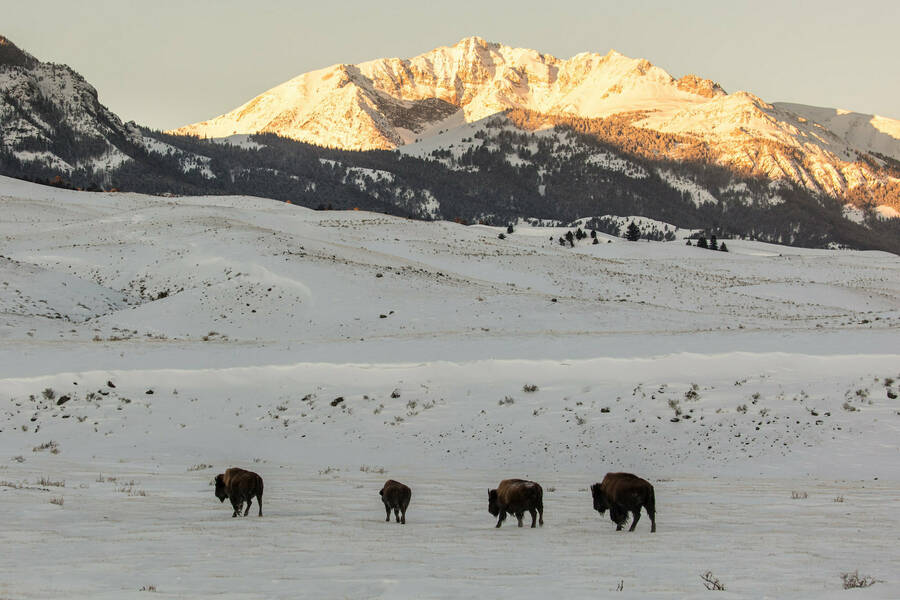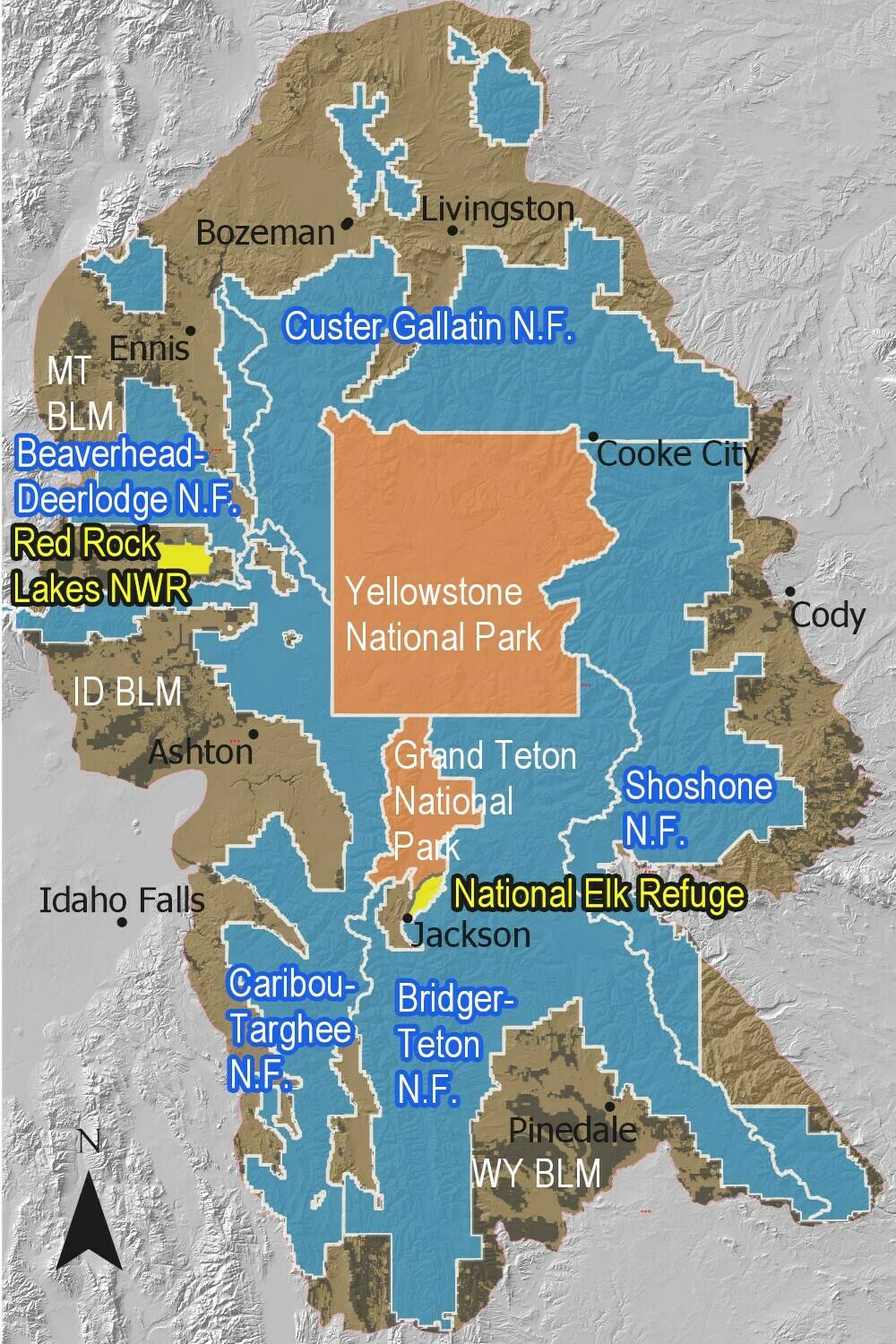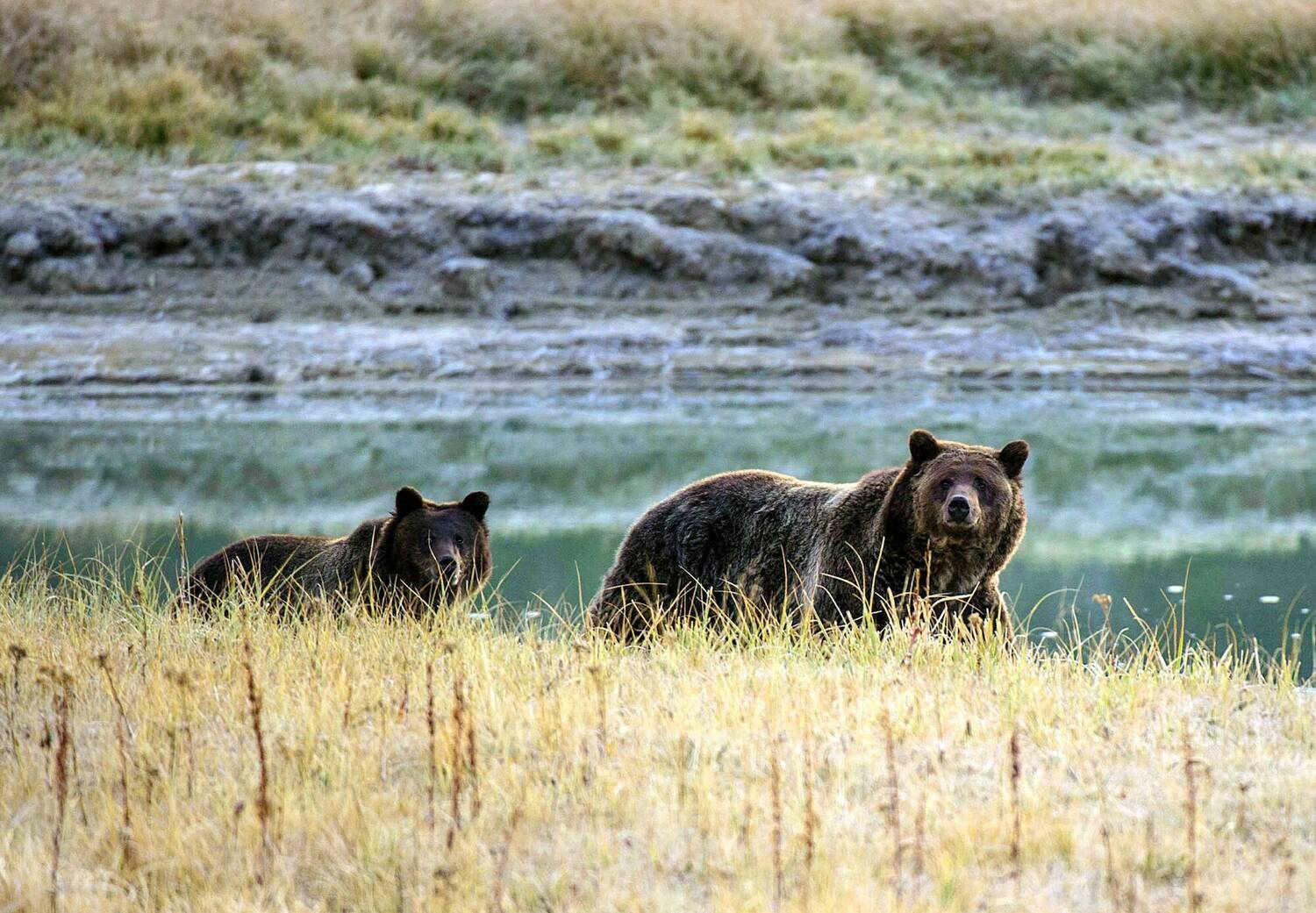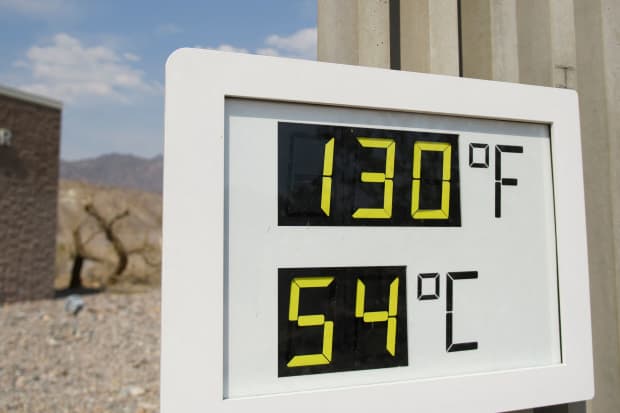Tribune Publishing
St. Petersburg cleans up 9 tons of dead fish in 24 hours due to Red Tide, Elsa
The sidewalk along the shore at North Shore Park reeked of death Friday. Just off into the water, crews in yellow jumpsuits and tall rubber boots scooped dead fish off the top of the water with pool skimmers, put them into trash bags and loaded them into a dump truck. Hundreds of dead fish were still out there, floating just a few feet from shore.
Crews picked up 9 tons of dead fish in 24 hours — and they weren’t even done.
The fish were killed by toxic Red Tide blooms and then pushed ashore by Tropical Storm Elsa, said St. Petersburg Emergency Manager Amber Boulding at a Friday news conference. The city has collected 15 tons of dead fish in the past 10 days, she believes the 9 tons that recently washed ashore was blown in by the storm’s winds.
“You look at Elsa and that push of water from the wind seems to have definitely pushed in more of the fish kill,” Boulding said.
The conclusion to Justin Bloom, a board member for the environmental groups Tampa Bay and Suncoast Waterkeeper, is inescapable:
“Tampa Bay is really sick right now, really extraordinarily bad. Conditions that we haven’t seen in decades.”
Several high concentrations of Karenia brevis, the microorganism that causes Red Tide blooms, also dot St. Petersburg’s shore. They were detected in water samples taken off Vinoy Park, Bayboro Harbor, Big Bayou and Coquina Key, according to the Florida Fish and Wildlife Conservation Commission’s Red Tide map.
The result, Boulding said, is that St. Petersburg is seeing a greater number of fish kills than the massive 2017-19 Red Tide outbreak that crushed the county’s tourism industry and led to more than 1,800 tons of dead marine life to wash up onto the Pinellas beaches. But that outbreak afflicted the Gulf of Mexico side of the Pinellas coast, while the current outbreak is on the Tampa Bay side, which affects St. Petersburg the most.
“It’s very serious,” Boulding said.
Bloom believes the April Piney Point disaster helped fuel strong, harmful Red Tide blooms. The owner of the Manatee County fertilizer plant released 215 million gallons of polluted wastewater into Tampa Bay. Scientists are studying whether the release fueled the algal blooms.
The most impacted areas, according to St. Petersburg officials, were along the east and southeast coast from Tierra Verde to Gandy Boulevard.
Boulding said aerial footage of Tampa Bay has shown there is a lot more dead fish in the water waiting that will need to be cleaned after it comes ashore. While she assured residents and tourists that crews are working as fast as they can, she said this isn’t a problem that will be resolved quickly.
The city’s efforts are “at the mercy” of the winds and tides pushing Red Tide blooms and dead fish piles around the bay, she said.
Boulding said residents and visitors can see the dead fish on their morning runs and smell them the moment they step outside. Officials don’t know when the current situation will get better. Pinellas County officials say that, including St. Petersburg, the county has collected 427 tons of dead marine life and debris.
“What makes our city so wonderful is all of our waterfront,” Boulding said. “And that also is what makes it so tough when it comes to tackling Red Tide.”
Crews of about 120 people from across city departments are on clean-up duty. The effort started last week but paused as workers helped distribute sandbags in advance of Elsa. When the storm passed by, she said, they went back out cleaning fish.
The focus on the clean-up has delayed other city services like roadway mowing, tree trimming and pot hole repairs.
Boulding asks anyone who sees dead fish on land or in the water to report it by calling the Mayor’s Action Center at 727-893-7111 or through St. Petersburg’s seeclickfix website.
Red Tide resources
There are several online resources that can help residents stay informed and share information about Red Tide:
Florida Poison Control Centers have a toll-free 24/7 hotline to report illnesses, including from exposure to Red Tide: 1-800-222-1222
Visit St. Pete/Clearwater, the county’s tourism wing, runs an online beach dashboard at www.beachesupdate.com.
The agency asks business owners to email reports of Red Tide issues to pr@visitspc.com.
Pinellas County shares information with the Red Tide Respiratory Forecast tool that allows beachgoers to check for warnings.
The Florida Fish and Wildlife Conservation Commission has a website that tracks where Red Tide is detected and how strong the concentrations.
How to stay safe near the water
- Beachgoers should avoid swimming around dead fish.
- Those with chronic respiratory problems should be particularly careful and “consider staying away” from places with a Red Tide bloom.
- People should not harvest or eat mollusks or distressed and dead fish from the area. Fillets of healthy fish should be rinsed with clean water, and the guts thrown out.
- Pet owners should keep their animals away from the water and from dead fish.
- Residents living near the beach should close their windows and run air conditioners with proper filters.
- Visitors to the beach can wear paper masks, especially if the wind is blowing in.
Source: Florida Department of Health in Pinellas County



 The Greater Yellowstone Area includes both Yellowstone and Grand Teton national parks, as well as surrounding national forests and federal land.
The Greater Yellowstone Area includes both Yellowstone and Grand Teton national parks, as well as surrounding national forests and federal land. 








